
What Is an NFT? | How Does an NFT Work
In the digital age, where information can be easily copied and shared, the concept of ownership has often been elusive. However, with the advent of Non-Fungible Tokens (NFTs), a new era has dawned, offering a groundbreaking solution to the problem of digital ownership. NFTs have emerged as a game-changer, enabling the buying, selling, and authentication of unique digital assets in a secure and transparent manner.
But what exactly is an NFT? At its core, an NFT is a type of digital asset that represents ownership or proof of authenticity for a specific item, be it a piece of artwork, music, video, collectible, or even virtual real estate. What sets NFTs apart from traditional digital files is their non-fungible nature, meaning each token is distinct and cannot be exchanged on a one-to-one basis like cryptocurrencies.
NFTs are built on blockchain technology, most commonly utilizing the Ethereum blockchain. This decentralized and transparent framework ensures the verifiability and traceability of ownership for NFTs, making it possible for creators to monetize their digital creations and for collectors to possess and trade unique digital items.
In this blog post, we will explore the fascinating world of NFTs, delving into their differences from cryptocurrencies, their underlying technology, various applications, how to purchase them, popular marketplaces, and considerations for those contemplating investing in these novel digital assets. So, fasten your seatbelts as we embark on a journey to unravel the intricacies and possibilities of NFTs.
How Is an NFT Different from Cryptocurrency?
In the world of digital assets, two terms that often come up in discussions are Non-Fungible Tokens (NFTs) and cryptocurrencies. While they both utilize blockchain technology, they serve distinct purposes and have fundamental differences. In this section, we will explore how NFTs differ from cryptocurrencies.
Fungibility vs. Non-Fungibility: – The primary difference between NFTs and cryptocurrencies lies in their fungibility. Cryptocurrencies like Bitcoin and Ethereum are fungible assets, meaning they can be exchanged on a one-to-one basis. If you trade one Bitcoin for another, you will have an equivalent value of Bitcoin in return. Similarly, if you send someone 0.5 Ethereum, they will receive exactly that amount.
On the other hand, NFTs are non-fungible assets. Each NFT is unique and cannot be exchanged on a one-to-one basis. Each token contains distinct information and properties that make it one-of-a-kind. These properties can include ownership, provenance, and even metadata that defines its characteristics. For example, two digital artworks may be similar in style, but each will have its own unique NFT representing it.
Value and Transferability: – Cryptocurrencies are primarily designed as a medium of exchange and store of value. They possess a certain value that can be easily transferred from one person to another. Their value is determined by market demand, supply, and other economic factors.
NFTs, on the other hand, derive their value from their uniqueness, scarcity, and desirability. Their value is subjective and depends on factors such as the reputation of the creator, the rarity of the asset, and the demand from collectors or enthusiasts. NFTs can represent a wide range of digital assets, including artwork, music, videos, virtual real estate, and more.
Blockchain Technology: – Both NFTs and cryptocurrencies rely on blockchain technology for their existence and functionality. However, there are some differences in how they utilize the blockchain.
Cryptocurrencies typically operate on public blockchains like Bitcoin or Ethereum, where transactions are recorded and validated by a network of nodes. The focus is on ensuring secure and transparent peer-to-peer transactions.
NFTs are also built on blockchain technology, often utilizing the Ethereum blockchain. However, the emphasis shifts from transactional value to the representation of unique digital assets. Each NFT is assigned a unique token identifier, recorded on the blockchain, which serves as proof of authenticity and ownership. Smart contracts, self-executing agreements, are used to define the rules and parameters for NFT ownership and transfers.
Use Cases and Applications: – Cryptocurrencies are widely used as a means of payment, investment, and store of value. They provide financial utility and are accepted by various merchants and platforms.
NFTs, on the other hand, have found applications in various fields beyond just financial transactions. They have revolutionized the art world, enabling artists to create and sell digital artworks with provable scarcity and ownership. NFTs have also entered the realms of gaming, collectibles, music, and even virtual real estate, allowing creators to monetize their work and collectors to own unique digital assets.
How Does an NFT Work?
Non-Fungible Tokens (NFTs) operate on blockchain technology, typically leveraging the Ethereum blockchain and their functionality can be understood by exploring the underlying mechanisms involved. Here’s a simplified explanation of how NFTs work:
- Blockchain and Smart Contracts: NFTs rely on blockchain technology, which is a decentralized and transparent digital ledger. In the case of Ethereum, the blockchain is maintained by a network of nodes that validate transactions and store data. Smart contracts play a crucial role in NFTs. They are self-executing agreements coded on the blockchain, defining the rules and conditions of the NFT. Smart contracts automate tasks and ensure trust and security in the NFT ecosystem.
- Tokenization: To create an NFT, a digital asset, such as a piece of artwork or music, is tokenized. This process involves representing the asset as a unique digital token on the blockchain. The token contains specific information and metadata about the asset, including its ownership, characteristics, and provenance.
- Minting and Ownership: Minting refers to the creation of an NFT. The creator or artist uses a platform or marketplace that supports NFT creation and uploads their digital asset. The platform deploys a smart contract, which mints a unique token representing that asset. This token becomes the NFT. The creator is initially the owner of the NFT and can assign specific rights and conditions to it. These rights can include royalties that the creator receives whenever the NFT is sold or traded in the future.
- Buying and Transferring: Once an NFT is created, it can be bought, sold, or traded on various NFT marketplaces. These marketplaces provide a platform for users to discover, bid on, and purchase NFTs. When someone purchases an NFT, the ownership is transferred from the current owner to the buyer. This ownership transfer is recorded on the blockchain, providing a transparent and immutable record of the transaction.
- Verification and Authenticity: One of the key benefits of NFTs is the ability to verify authenticity and ownership. Each NFT has a unique identifier stored on the blockchain, which serves as a digital certificate of authenticity. This identifier allows anyone to verify the originality and provenance of the asset, ensuring that it is a genuine and unique digital item.
In summary, NFTs work by leveraging blockchain technology and smart contracts to tokenize and represent unique digital assets. They enable creators to monetize their work, while collectors can own and trade digital items with provable authenticity and ownership. NFTs have revolutionized the concept of digital ownership, bringing transparency and trust to the world of digital assets.
What Are NFTs Used For?
NFTs (Non-Fungible Tokens) have gained significant attention and are being utilized in various fields due to their unique characteristics and benefits. Here are some key applications of NFTs:
Digital Art: NFTs have brought a digital revolution to the art world. Artists can create and sell digital artworks as NFTs, providing proof of ownership and authenticity. NFTs allow artists to monetize their digital creations, maintain control over their work, and receive royalties from secondary sales. Collectors can own unique digital artworks and showcase them in virtual galleries or online platforms.
Collectibles: NFTs have opened up a new realm of digital collectibles. From virtual trading cards and rare digital items in video games to virtual pets and characters, NFTs allow users to collect, trade, and display their digital possessions. These collectibles can have a limited supply and unique attributes, making them desirable for collectors and enthusiasts.
Music and Entertainment: Musicians, DJs, and other creators in the music industry are exploring NFTs as a means of monetization and engagement with their fans. NFTs can represent exclusive content, special editions of albums or songs, concert tickets, or even fractional ownership of music rights. NFTs offer a direct connection between artists and their audience, providing new avenues for fan interaction and revenue generation.
Virtual Real Estate and Gaming: NFTs have made their way into the virtual world, allowing users to buy, sell, and own virtual real estate, in-game items, and characters. Blockchain-based virtual worlds provide platforms where users can explore, interact, and build virtual properties, which can be bought and sold as NFTs. NFTs enable true ownership and transferability of digital assets in virtual environments, providing new opportunities for gamers and investors.
Intellectual Property and Licensing: NFTs can be used to protect and manage intellectual property rights. Creators can tokenize their creations, such as patents, trademarks, or copyrighted works, as NFTs to establish ownership, provenance, and control. NFTs can also enable transparent licensing agreements and royalty distribution, ensuring that creators receive compensation for the use of their intellectual property.
These are just a few examples of the diverse applications of NFTs. As technology evolves, new possibilities and use cases continue to emerge, transforming the way we interact with and perceive digital assets across industries.
How to Buy NFTs?
If you’re interested in purchasing Non-Fungible Tokens (NFTs), you’ll need to navigate the world of NFT marketplaces and understand the process involved. Here’s a step-by-step guide on how to buy NFTs:
Choose an NFT Marketplace: Select a reputable NFT marketplace where you can explore, buy, and sell NFTs. Some popular platforms include OpenSea, Rarible, SuperRare, and NBA Top Shot. Each marketplace has its own unique features and offerings, so take some time to research and find one that suits your interests and requirements.
Set Up a Digital Wallet: To buy and store NFTs, you’ll need a digital wallet compatible with your chosen marketplace. Most NFT marketplaces are built on blockchain technology, typically using the Ethereum blockchain. Therefore, you’ll need an Ethereum-compatible wallet like MetaMask or Trust Wallet. Set up a wallet by following the instructions provided by the wallet provider and make sure to secure your wallet’s private key or seed phrase.
Fund Your Wallet: Once your wallet is set up, you’ll need to add funds to it. Since most NFT transactions are conducted using cryptocurrencies, you’ll need to acquire Ethereum (ETH) or the native cryptocurrency of the marketplace you’ve chosen. Purchase the required amount of cryptocurrency from a reputable exchange and transfer it to your wallet address.
Connect Your Wallet to the Marketplace: Access the NFT marketplace of your choice and connect your wallet to the platform. This step allows you to interact with the marketplace, browse NFTs, and make purchases. Follow the instructions provided by the marketplace to connect your wallet. This typically involves logging into your wallet and granting permission for the marketplace to access your wallet address.
Browse and Select NFTs: Explore the marketplace to find NFTs that interest you. NFTs are categorized into various genres, including art, collectibles, music, gaming, and more. Use filters, search functions, and categories to narrow down your options. Take the time to read the descriptions, view the images or videos associated with the NFT, and review any additional information provided by the creator or seller.
Evaluate the NFTs: Before making a purchase, evaluate the NFTs based on various factors such as the creator’s reputation, the rarity or scarcity of the asset, the utility or potential future demand, and any associated royalties or benefits. Consider the authenticity, uniqueness, and value proposition of the NFT.
Place a Bid or Buy Now: If you find an NFT you want to acquire, you can either place a bid or use the “Buy Now” option if available. Bidding involves setting a price you’re willing to pay for the NFT, and if your bid is accepted, you’ll become the owner. The “Buy Now” option allows you to purchase the NFT immediately at a fixed price set by the seller.
Confirm the Transaction: After selecting your desired NFT and choosing the buying option, review the details of the transaction, including the price, transaction fees, and any terms or conditions. Ensure that everything is accurate before confirming the purchase. Double-check the wallet address and the amount you’re paying.
Pay for the NFT: Once you’ve confirmed the transaction, you’ll need to pay for the NFT. This usually involves approving the transaction on your wallet interface and paying the required amount of cryptocurrency. Confirm the transaction details once again before finalizing the payment.
Complete the Ownership Transfer: After the payment is successfully processed, the ownership of the NFT will be transferred to your wallet address. The transaction details and the proof of ownership will be recorded on the blockchain, ensuring transparency
Popular NFT Marketplaces
There are several popular NFT marketplaces where you can buy, sell, and discover a wide range of Non-Fungible Tokens. Here are some of the prominent ones:
- OpenSea: OpenSea is one of the largest and most well-known NFT marketplaces. It offers a vast selection of NFTs across various categories, including art, collectibles, domain names, virtual real estate, and more. OpenSea supports Ethereum-based NFTs and has a user-friendly interface.
- Rarible: Rarible is another popular NFT marketplace that allows creators to mint and sell their own NFTs. It offers a decentralized marketplace experience, enabling artists and collectors to interact directly. Rarible supports Ethereum and has a vibrant community.
- SuperRare: SuperRare is focused on digital art NFTs and is known for its curated selection of high-quality artworks. It emphasizes scarcity and limited editions, providing a platform for artists to showcase and sell their unique creations. SuperRare operates on the Ethereum blockchain.
- NBA Top Shot: NBA Top Shot has gained significant popularity in the sports world. It offers officially licensed NBA digital collectibles in the form of NFTs. Users can collect, trade, and own memorable NBA moments in a unique and interactive way.
- Decentraland: Decentraland is a virtual reality platform where users can explore, build, and monetize virtual worlds and assets. It utilizes NFTs for ownership of virtual land, avatars, and in-game items. Decentraland provides a unique blend of gaming and virtual real estate opportunities.
These are just a few examples of the many NFT marketplaces available. Each marketplace has its own features, focus, and community, so it’s worth exploring different platforms to find the one that aligns with your interests and goals in the world of NFTs.
Should You Buy NFTs?
The decision to buy NFTs ultimately depends on your personal interests, financial situation, and risk tolerance. Here are some factors to consider before making a purchase:
- Passion and Interest: If you have a genuine interest in digital art, collectibles, or other assets represented by NFTs, it can be a rewarding experience to own and support the creators. NFTs allow you to engage with digital content in a unique way and be part of a growing community.
- Financial Considerations: NFTs can be speculative investments, and their value can be volatile. It’s important to carefully evaluate the potential returns and risks associated with your purchase. Consider factors such as the reputation of the creator, the demand for the asset, and the long-term viability of the NFT market.
- Due Diligence: Before buying an NFT, conduct thorough research on the marketplace, the creator, and the asset itself. Verify the NFT’s authenticity and consider the creator’s track record. Understand the terms and conditions associated with the NFT, including any royalties or future benefits.
- Diversification: If you decide to invest in NFTs, it’s wise to diversify your portfolio. Don’t put all your resources into a single NFT or asset. Spread your investments across different categories and creators to mitigate risks and increase the potential for returns.
- Impact on the Environment: Keep in mind that NFT transactions can consume a significant amount of energy due to the underlying blockchain technology. If you’re environmentally conscious, consider the environmental impact of your actions and explore platforms that are committed to sustainability.
Conclusion:
Buying NFTs can be an exciting and potentially lucrative venture, but it’s essential to approach it with caution and informed decision-making. Understand the market, evaluate the potential returns, and align your purchases with your personal interests. NFTs have revolutionized digital ownership and provided new avenues for creators and collectors alike. As with any investment, it’s crucial to do your due diligence and make choices that align with your goals and values.
Related Posts

Supermarket Varus partners with Binance to provide crypto paymentadmin . September 28, 2022
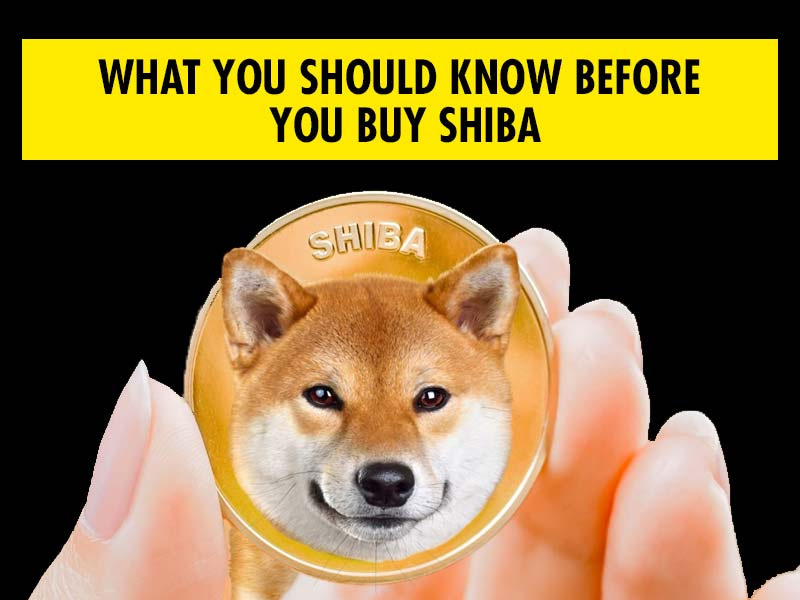
What You Should Know Before You Buy Shibaadmin . October 21, 2022
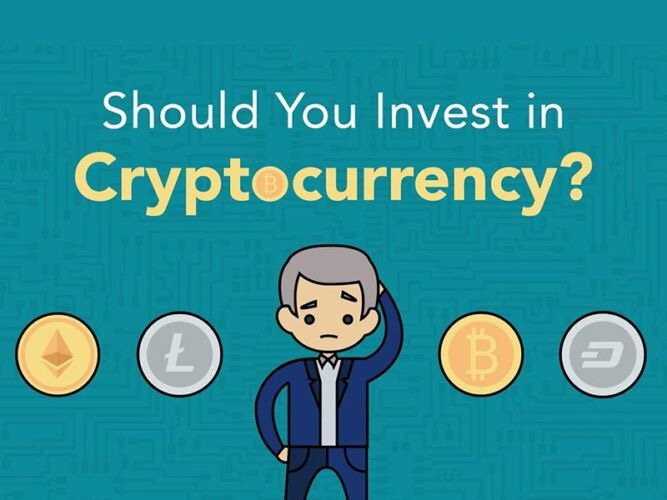
Is Cryptocurrency A Good Investment?admin . January 25, 2022

Over 70% Of Crypto Investors Believe They Can Become Billionaires:admin . October 10, 2022

Best Crypto Exchanges in India: Your Path to Digital Wealthadmin . October 26, 2023
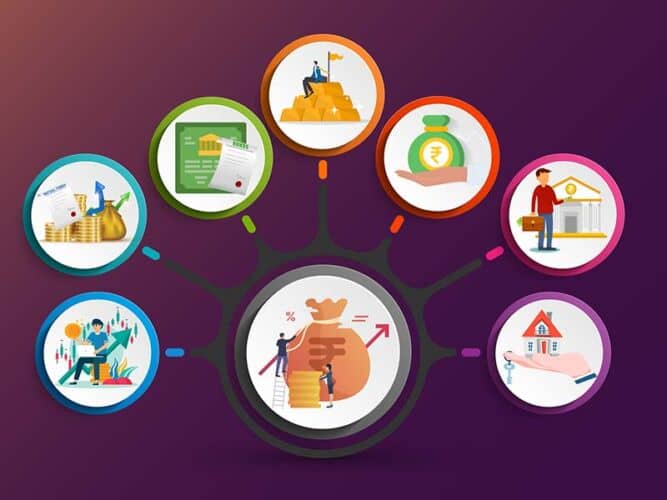
List of Best Investment Options in Indiaadmin . January 19, 2022
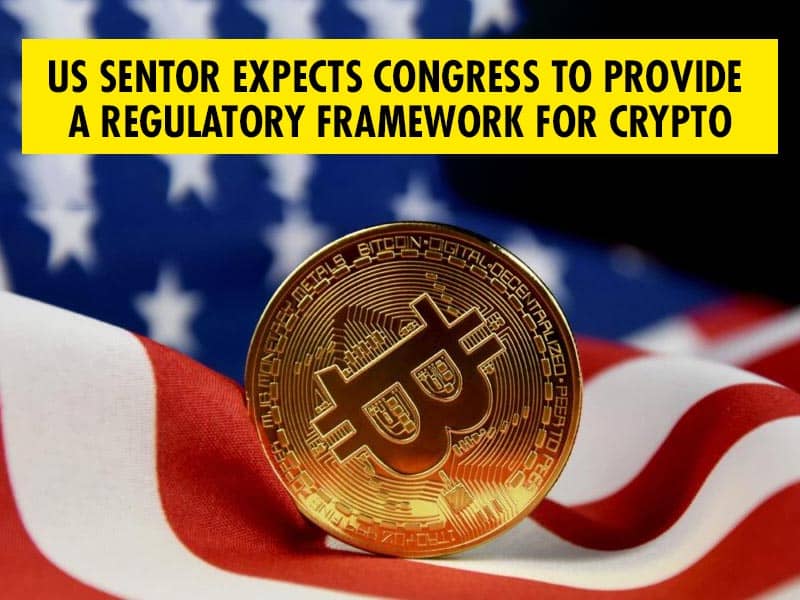
Us Sentor Expects Congress To Provide A Regulatory Framework Foradmin . October 6, 2022
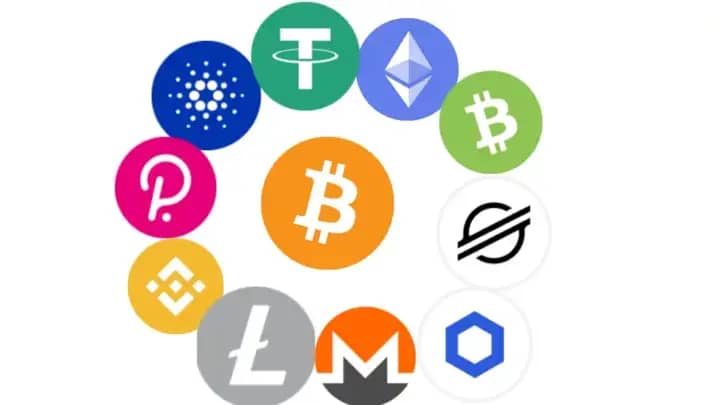
Top 10 Cryptocurrencies to Buy Before 2023 | Best Cryptocurrencyadmin . January 6, 2023

Will Crypto’s Value Rise In The Coming Five Years? Readadmin . January 28, 2022
Latest Posts

Exploring the Best Cash Advance Apps of 2024 April 8, 2024
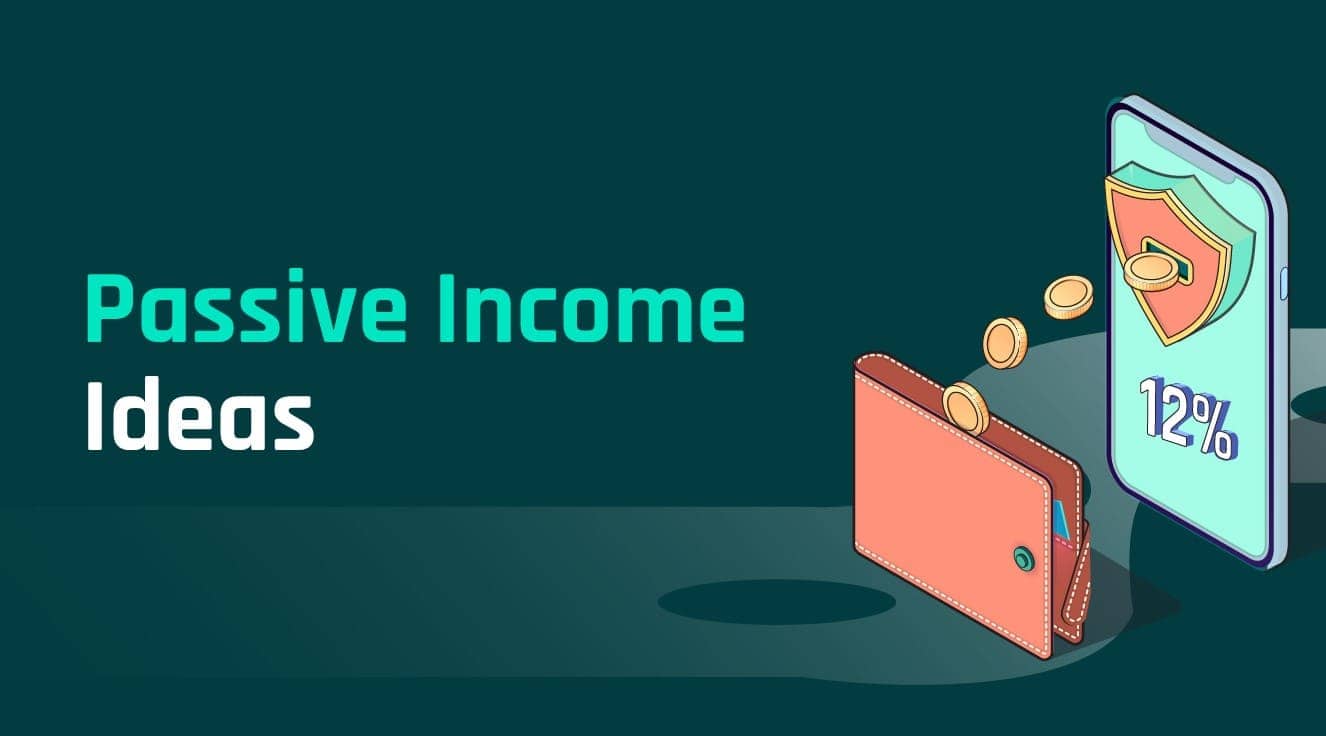
Top 34 Passive Income Ideas in 2024 March 19, 2024
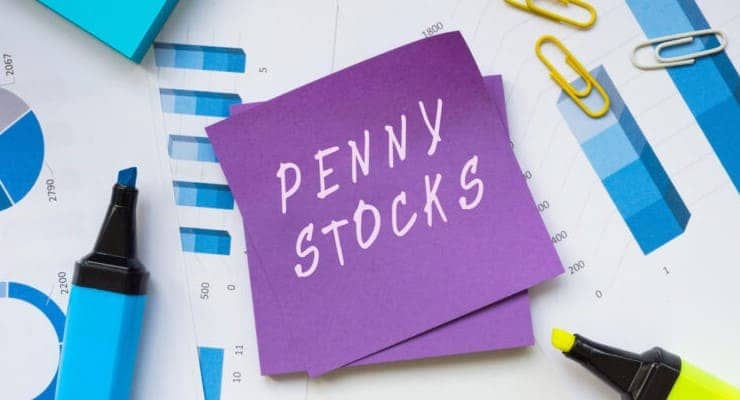
Top 10 Penny Stocks to Buy Canada 2024 February 23, 2024

Best Canadian Artificial intelligence stocks under $1 2024 February 23, 2024

Top Artificial Intelligence Stocks Canada 2024 February 20, 2024

